Posted on May 19, 2022
Updated on March 13, 2023
6 min read time
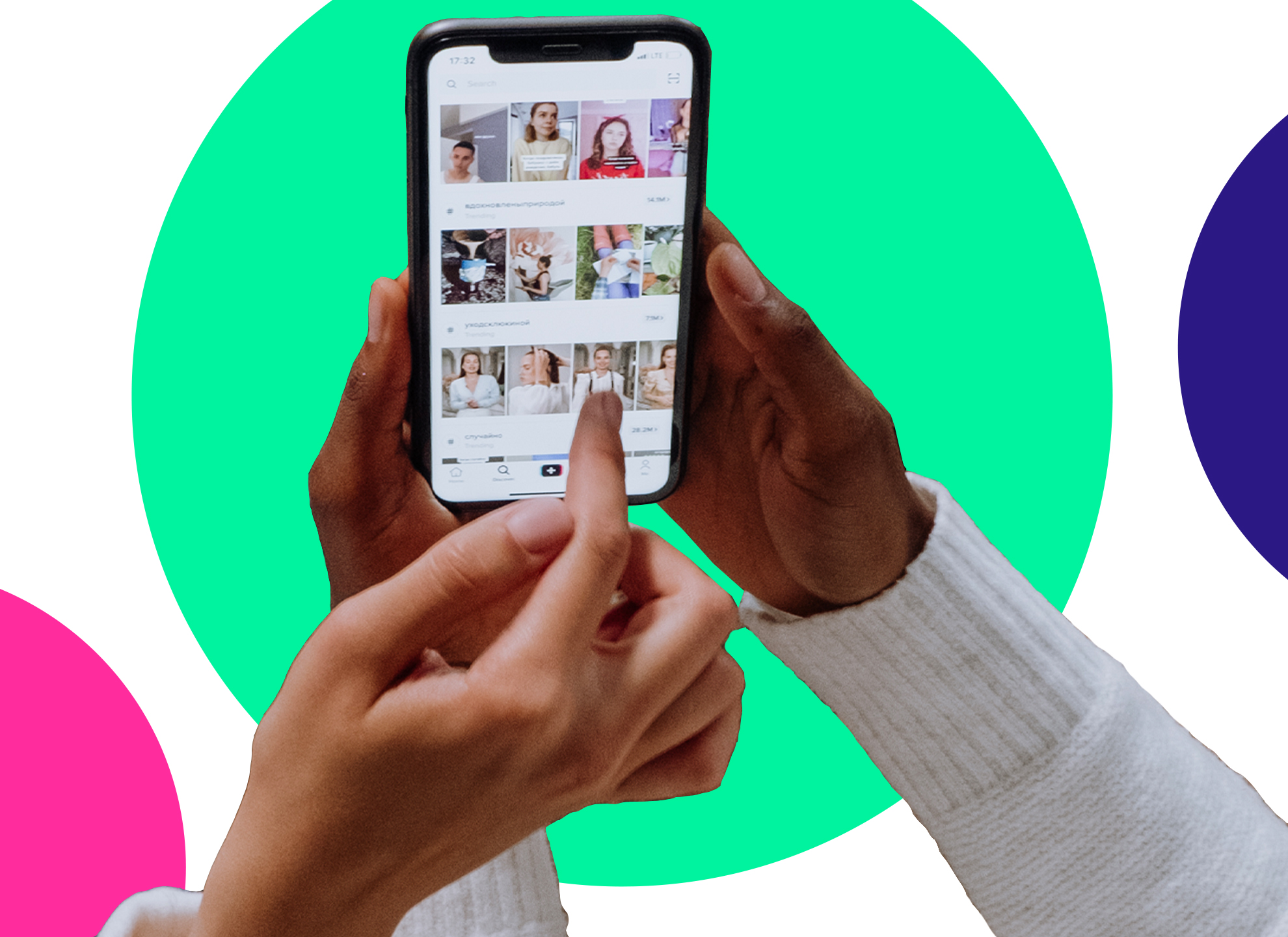
We’re currently living through an era of competitive convergence, with thousands of companies fighting for consumer attention.
Every day, we’re bombarded by similar businesses, competing to sell similar goods. These brands are all largely on par with each other and they’re all vying for the same goal - to get us to buy into their products. So, what determines whether a consumer buys an iPhone over a Samsung?
In short, consumers make purchases based on trust – with 71% of UK consumers agreeing that once a business has broken this trust, they would stop purchasing from that company.
A great way to bridge the trust gap between your brand and its consumer is through influencer marketing. Influencers build trusted and authentic communities, devoting time and effort into fostering connection with these audiences.
Use the right influencer at the right time and on the right channel, and you’ll build loyalty far more efficiently than you would on your own. This is because people trust their peers over companies.
And it’s not just trust that your brand stands to gain. You’ll also be boosting credibility, bringing in new audiences and driving engagement.
In this blog we’ll show you how to make the most out of your influencer strategy, by:
Influencer marketing is a relatively new channel, but it’s established itself as a serious contender against more traditional media outlets, like TV and print. The influencer market was valued at $13.8B in 2021 and is showing no sign of slowing.
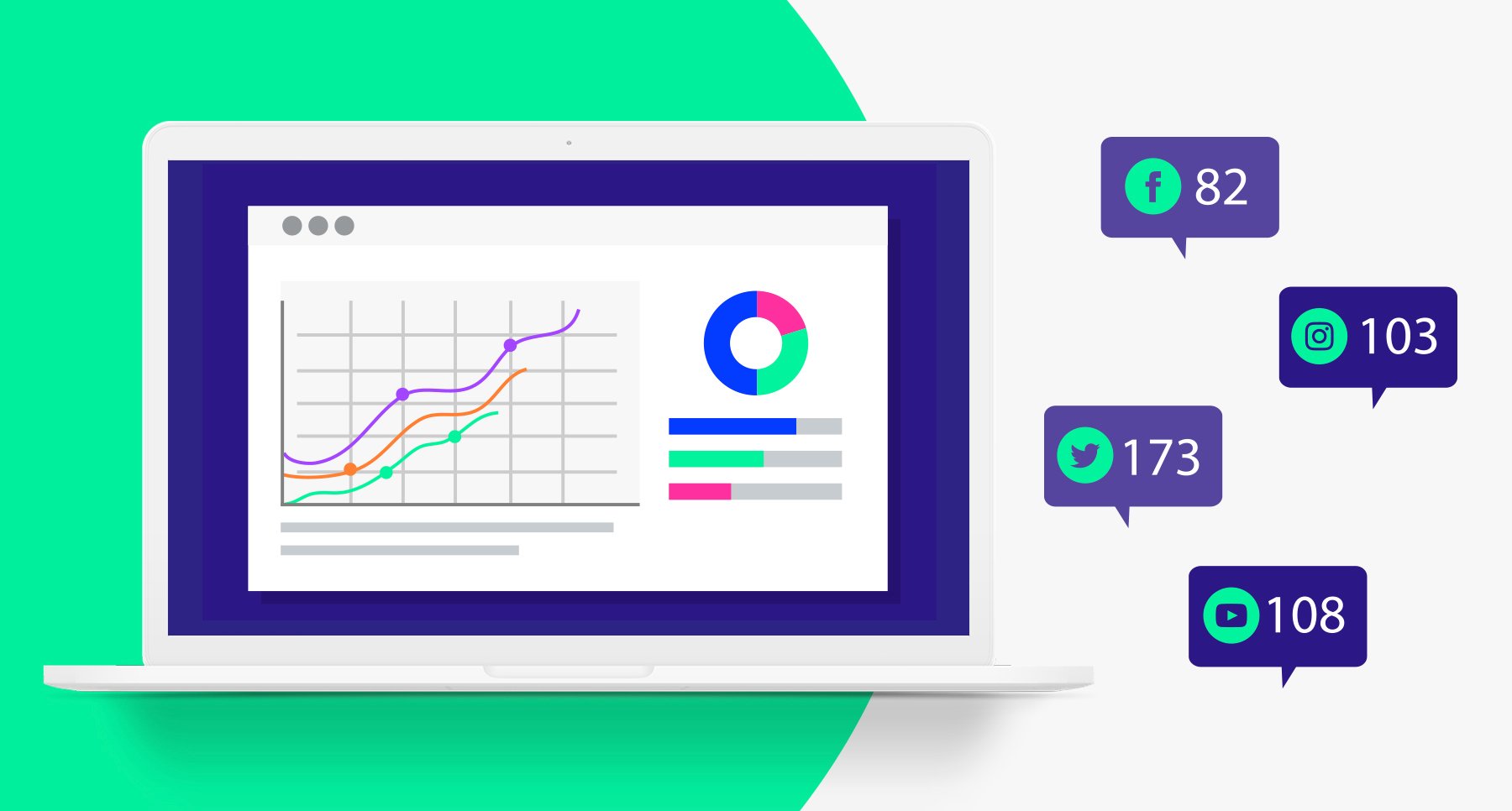
When creating an influencer strategy, one of the most important things to consider is how it will align with your existing media plan.
Historically, marketers have fallen into the trap of seeing influencers as an ‘after-thought’. To ensure consistency and to guarantee everything you do is contributing to your end goal, your influencer strategy must be fully integrated into your marketing plan from the offset.
Another thing to watch-out for with influencer marketing is that because this form of media is so human, it can feel tempting to treat it more casually than you would other channels. Yet, these strategies should be approached in the same way as any other campaign, with clear objectives and targets set before you begin.
When setting objectives for your influencer strategy, consider what you are trying to achieve:
To determine whether you have reached these goals, you’ll also need to set targets.
These should be:

There’s no point setting unreachable targets. And if your targets are hard to quantify or slightly vague, it will be difficult to determine if what you’re doing is actually driving success for your brand.
Looking at social metrics like follower count, likes, views and subscribes can help you to understand how well a post or campaign is performing. Yet, these will need to be adapted to your goal to understand the true impact of the activation.
For example, if your goal was awareness, then follows and likes would be better to track. If your goal was to generate profit for your brand, then sales conversion metrics would be a better gauge of this, like volume of items sold.
Ultimately, the influencer you pick needs to make sense for your brand. Choosing an influencer based on the size of their following rather than the substance of their content is the quickest route to failure and may result in alienating your existing community.
When brands first start using influencers, the temptation is to go for the ‘macro-influencers’. These people will have built a career on influencing and will be present across a variety of channels. They will have devoted time and money into growing a large following.
If mass outreach and brand awareness is your goal, then the macro-influencer could work for you. However, often micro-influencers or nano-influencers are a better way to go.
Micro-influencers – Have a decent sized following but are smaller than macro. They usually cost less to use.
Nano-influencers – Everyday people with bigger followings. These people tend to come across more authentically.

The benefit of using nano and micro-influencers is these people have built smaller, more loyal communities. There’s typically more trust between the influencer and the consumer within these spaces, so your posts are more likely to be believed – seen more as a testimonial or review by a trusted friend, rather than an ad.
You can use the 16 Drivers of Brand Relationships to help you decide which influencer fits best with your brand and its goals. This framework is neuroscientifically proven to grow relationships between brands and consumers. By understanding what drives consumers to buy, you can ensure your brand is focusing its activities on the right areas to deliver on these expectations.
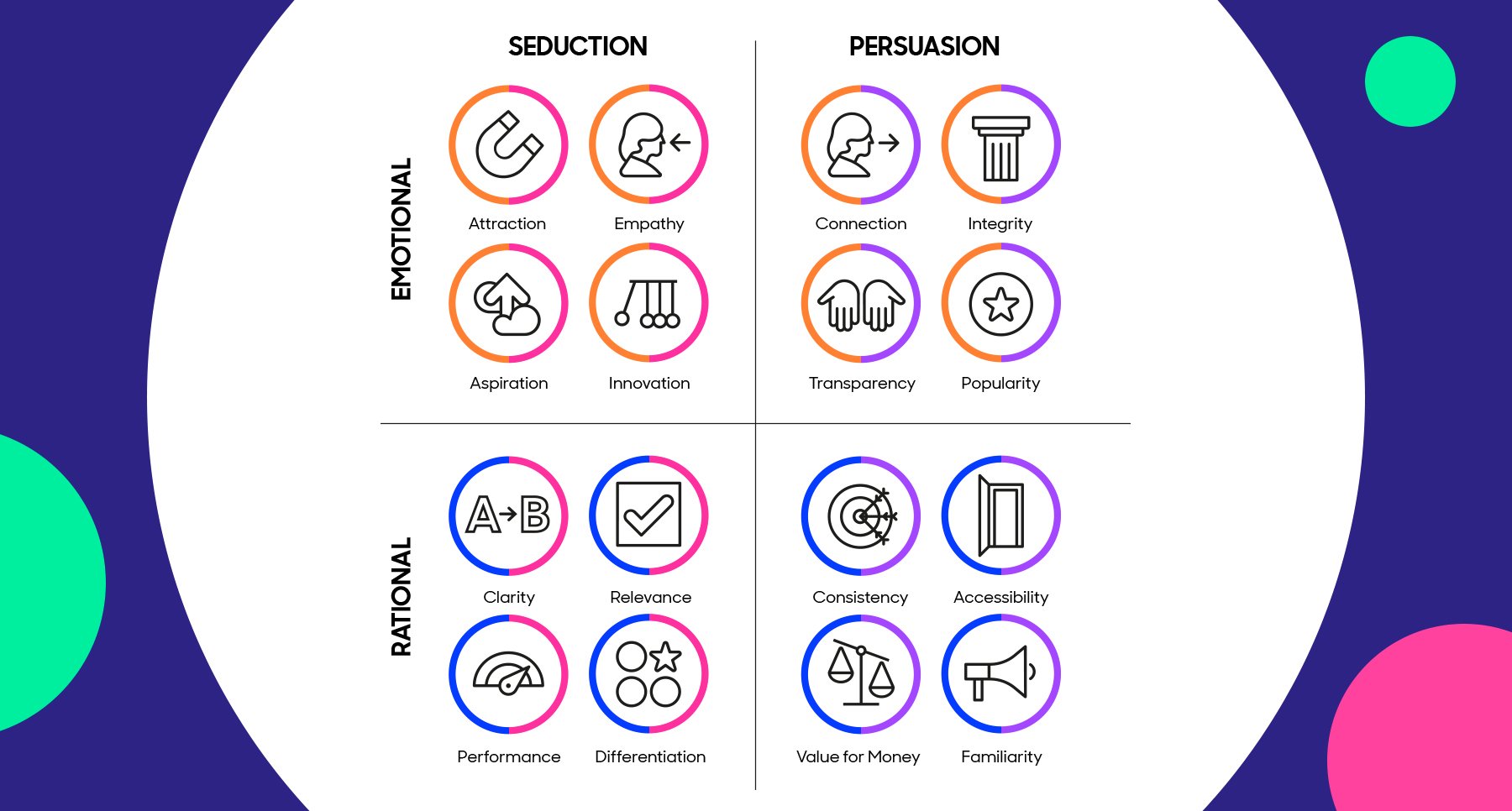
The Drivers as shown above range from functional factors – like how accessible or consistent a brand is – to the emotional – like how aesthetically appealing or attractive it is.
Mapping out what you want most from your influencer strategy (on a Driver level) will help you to understand which influencer to use. Ask yourself how you want consumers to see you after this campaign has launched:
Once you understand this, you can choose an influencer based on these criteria - focusing on those that are best equipped to achieve these goals. If, for example, you wanted your next influencer campaign to show your brand in a creative light, you would pick the influencer that you believe excels the most in the Innovation Driver.
Or if you wanted your next campaign to showcase how sustainably your brand is acting, you would pick an influencer that embodies Integrity (a Driver that revolves around doing the right thing).
Learn more about the 16 Drivers here.
Authenticity is the key here. People are much more likely to listen to an influencer if they really believe they like the product or brand.
Giving the influencer some control over the construction of the ad will help to boost its authenticity. Allow them to use their own tone of voice and give them the freedom to make suggestions on creative direction to make the ad feel more natural.
Co-creation is almost always better than having a brand’s own marketing team run the campaign. But this will require trust, as you’ll need to have faith the influencer will represent your brand in the way you want it to be conveyed.
Running sessions before they post to educate the influencer on your brand, its values, and its aims, is a good way to ensure you’re both on the same page.
You can still ensure you have final approval before any asset goes public, but the more open and flexible your brief is, the easier it will be to build a collaborative and creative working environment.
The danger of influencer marketing is that the influencer owns their data so it can be difficult to gain a truly accurate picture of the performance. There’s also always the risk an influencer could be paying for follows and comments, giving the perception of a loyal and large fanbase but this not being the case.
Additionally, a challenge of influencer marketing is being able to measure how strong a connection an influencer has with their audience.
That’s why Brand Management platforms – like ProQuo AI – are so beneficial, as they can help you to measure the success of your influencer marketing to ensure you’re getting the most out of it.
Here’s 4 ways you can use the ProQuo platform to measure your influencer strategies:
The 16 Brand Relationship Drivers show how strong the relationship is between a brand and its consumers.
On the ProQuo AI platform you can monitor how these Drivers change in real-time. This enables you to focus on specific elements of your brand strategy and really hone in on how well you’re achieving these goals.
Here, we can see how an influencer campaign increased both the Popularity and Familiarity Drivers. This visual representation of the data makes it easy for marketers to correlate success with their brand activities.
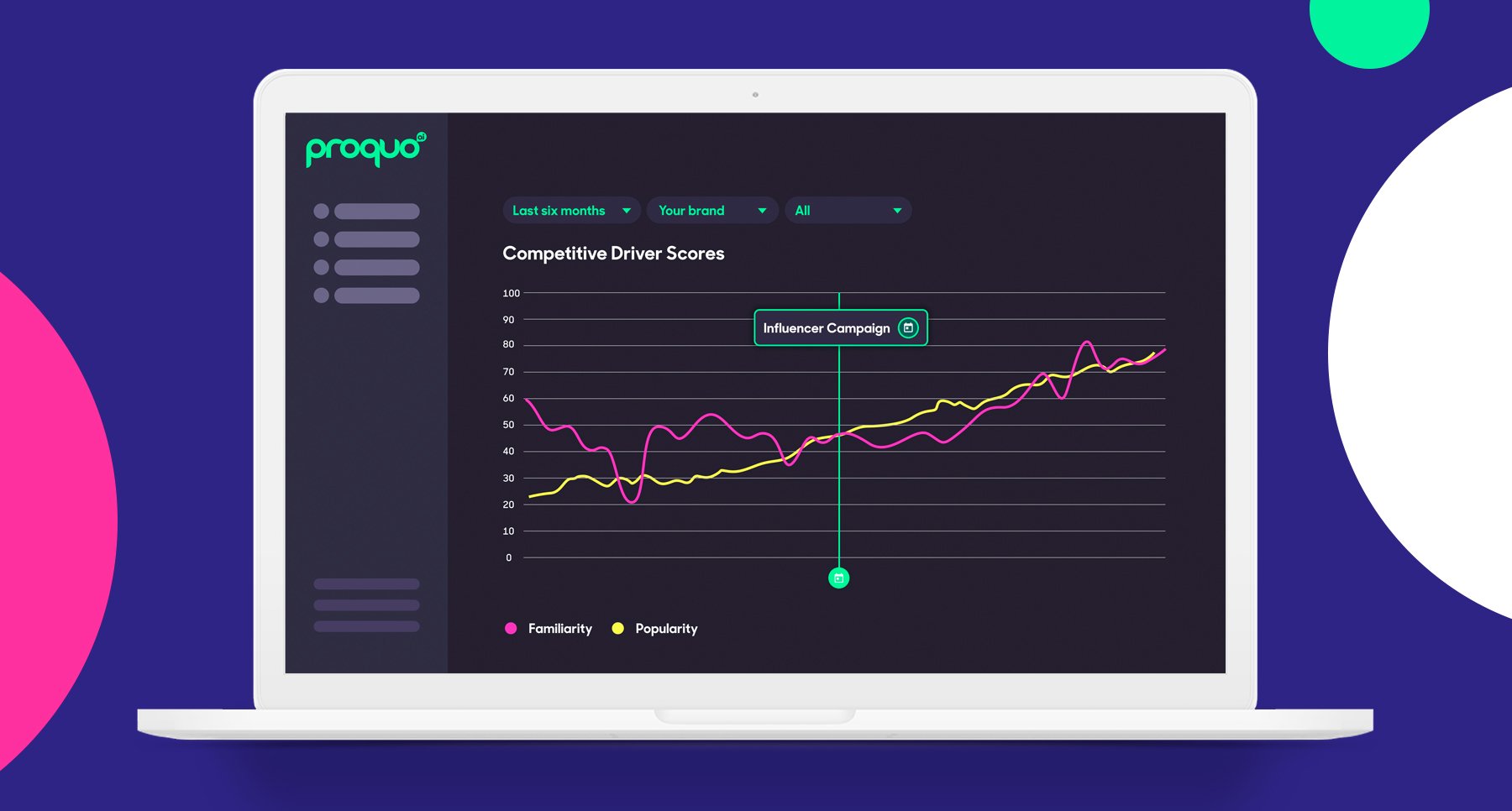
With ProQuo, you can also test all your influencer collateral (from digital ads to messaging, choice of influencers and more) before it goes live, so you can see how consumers react before you launch. This level of consumer input allows you to be proactive rather than reactive. Because you know how consumers feel about your assets you can then be on the front foot, tweaking elements of your messaging, concepts and visuals to ensure you get the best responses.
This is also a valuable budget saver – as you can justify to your team that what you launch will have its intended impact.
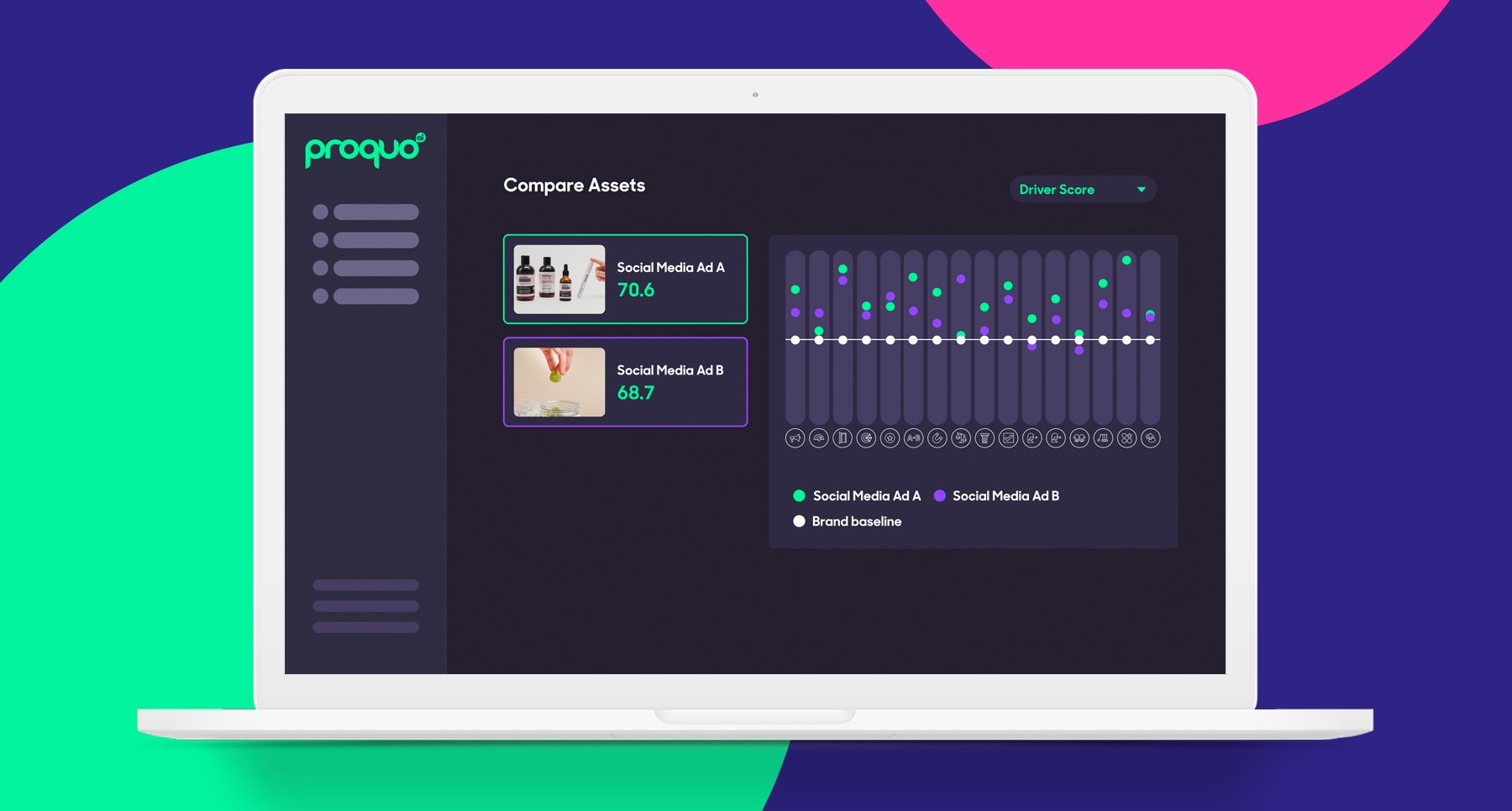
Find out what your audience thinks about your latest influencer campaign, asset or messaging by asking open-ended questions on ProQuo. An example of a question you could ask is, ‘which line in this ad stood out to you the most?’ This will give you a granular understanding of what’s working for you and what isn’t.
You can use ProQuo’s Conversations feature to understand what people are saying about your ads. These conversations pick up consumer responses, showing you what the general themes and sentiments are around your brand.
This feature allows you to search any phrase or word to see if people like, dislike or are even aware of your campaigns. This can help you to judge how impactful your influencer marketing has been, so you can determine how much reach you’re getting.
.jpg?width=1800&name=Blog%20-%20Inauthentic%20influencers%20-%207%20(1).jpg)
Influencer marketing has the potential to open so many doors for your brand - connecting with new consumers, driving sales, and increasing brand sentiment. Influencers have already done the hard work for you by building strong and intimate relationships with their audience. Tapping into these relationships in the right way at the right time is what will set your brand apart from its competitors, propelling it to new heights.
And if you’re looking to develop your social strategy further, check out this blog!
Our intelligent platform will take your brand further, faster.
Don’t believe us?
© 2020-2023 ProQuo AI International
All rights reservedWebsite by Blend